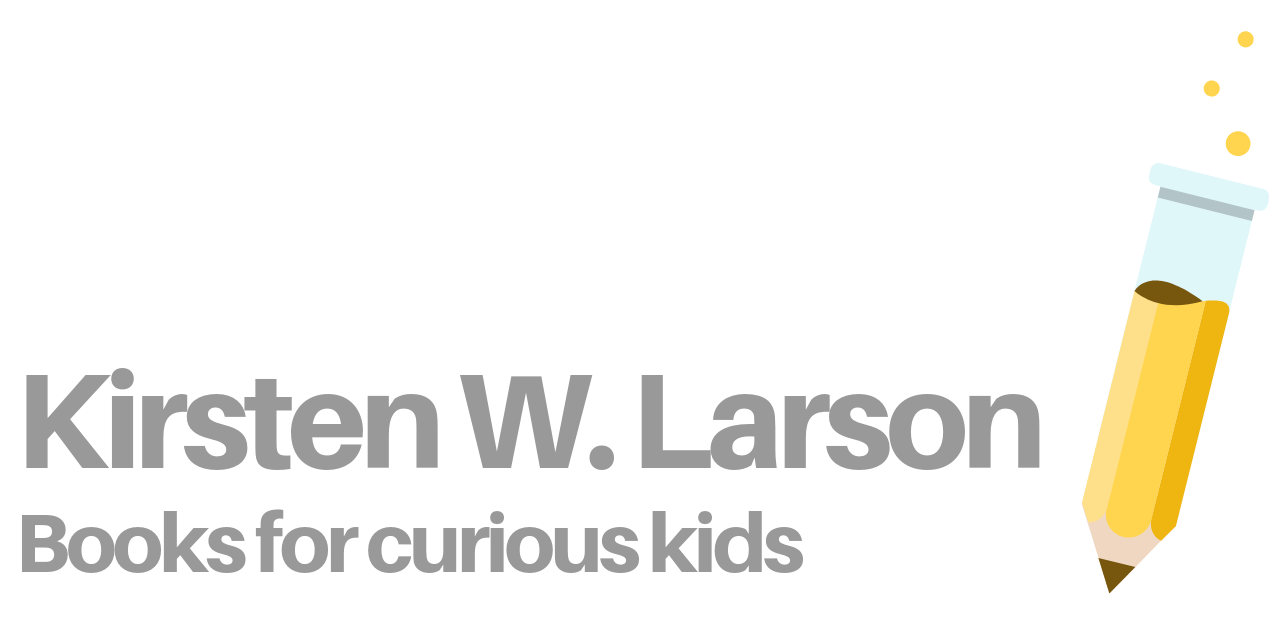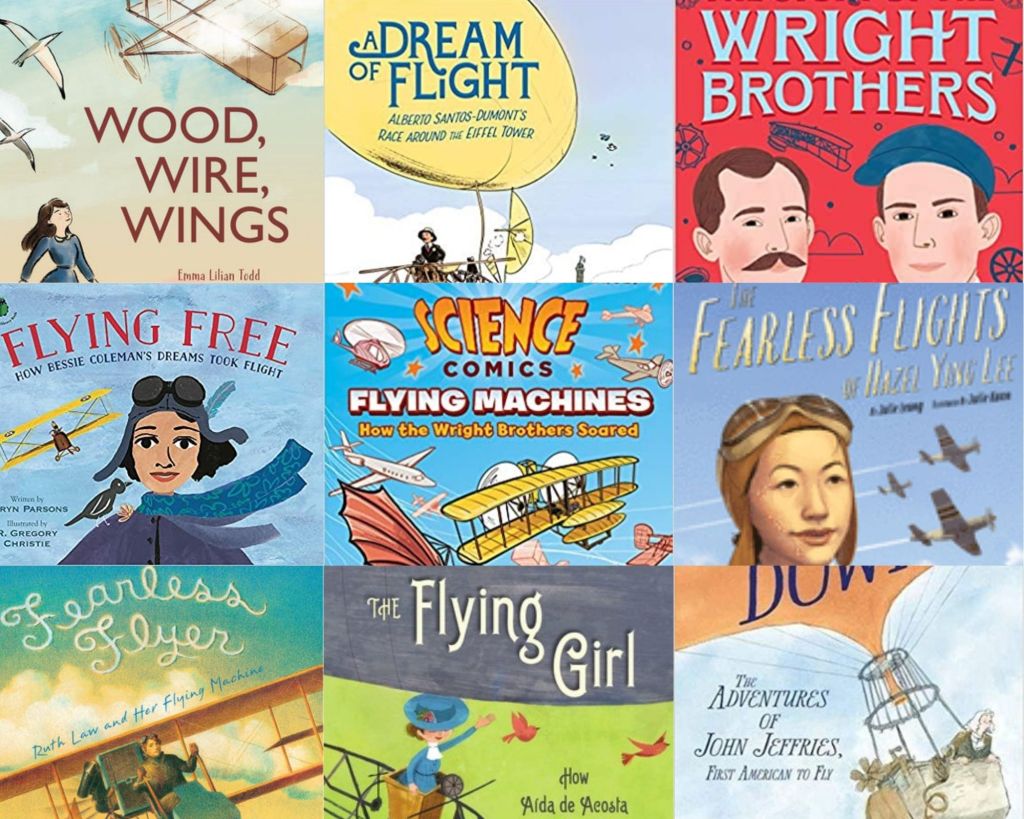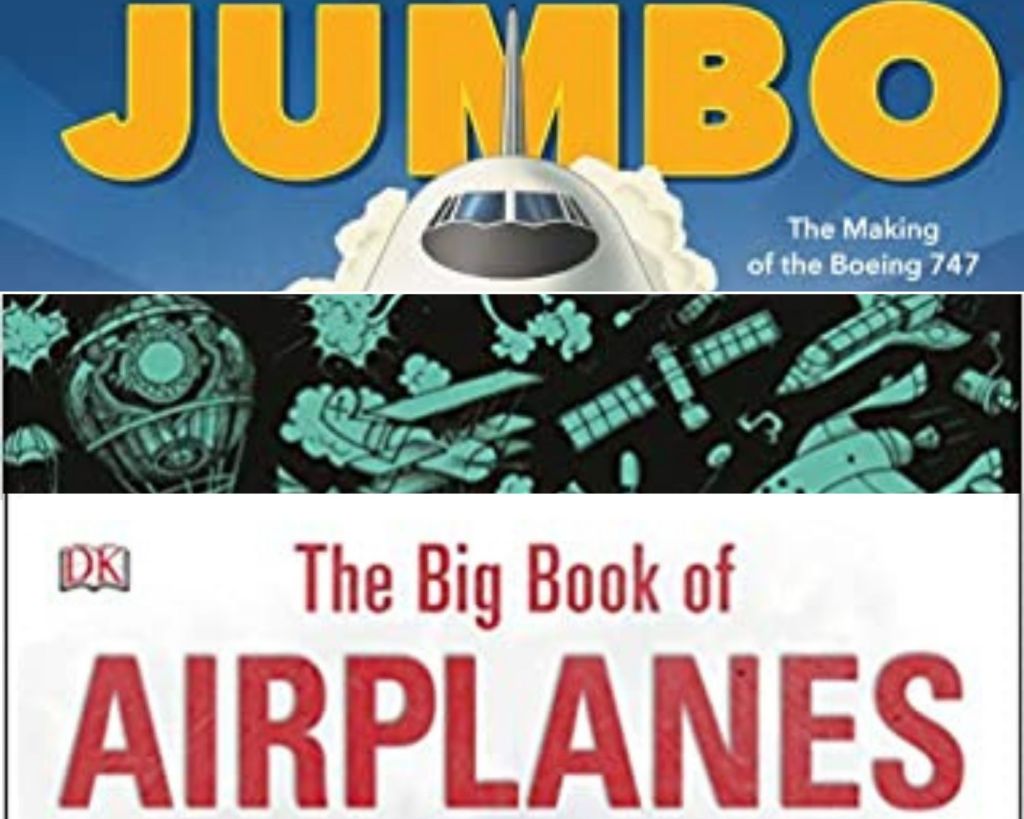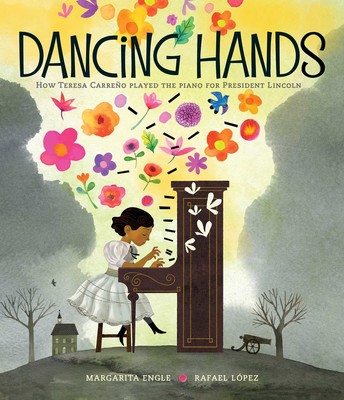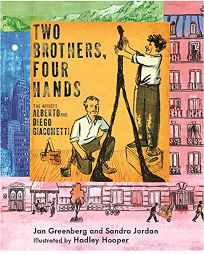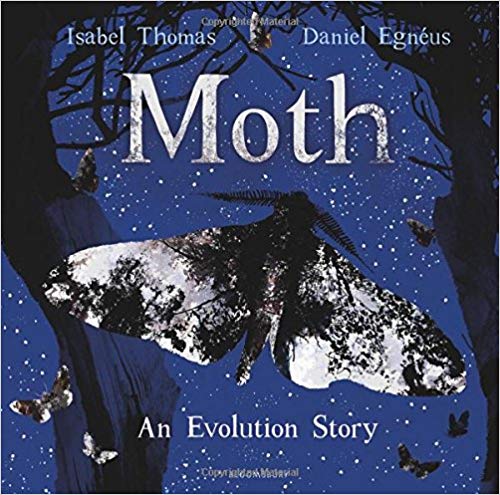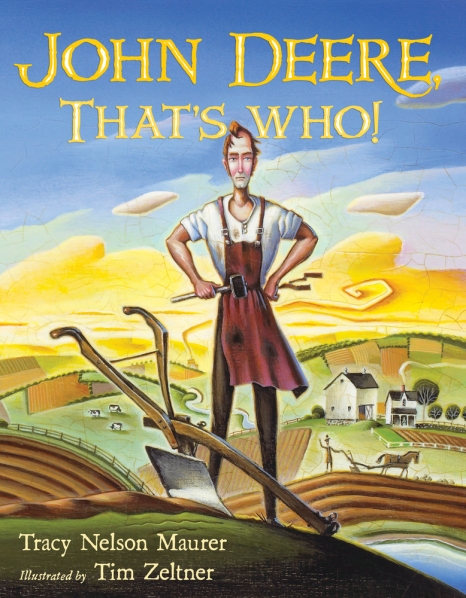As part of my writing process, I read dozens of books by other nonfiction authors. When I read, I make notes about the craft choices authors make in terms of voice, structure, POV, and other unique elements that add up to amazing books. I recently decided to share my notes (in a searchable format), so teachers and fellow writers can see what I find new and noteworthy. Please feel free to share your thoughts in the comments below.
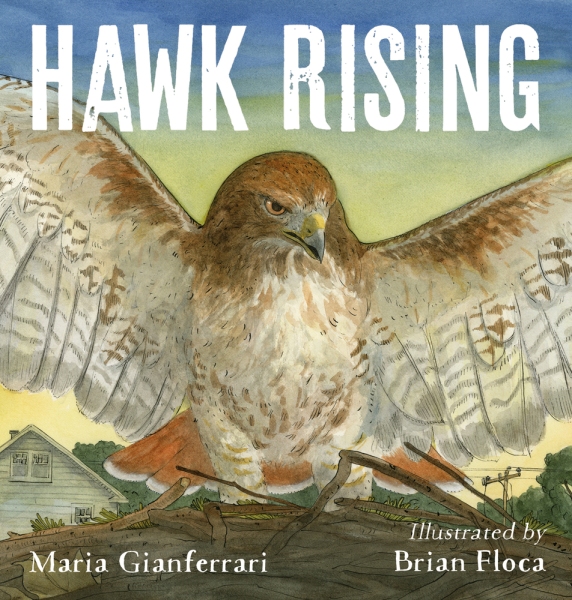
The Book:
HAWK RISING
Author: Maria Gianferrari, illustrated by Brian Floca
Publication Info.: Roaring Brook Press, 2018
Ages/Grades: ages 4 to 8
Category: second-person POV, episodic narrative, fictional elements, STEM, nature, animals
First lines:
“Father hawk stretches wide his wings.
You stretch your arms as Mars rises red in the sky.”
Overview (from the publisher): “Early morning and a ruffle of feathers,
A shadow gliding through the backyard.
High above your house Father Hawk circles, sharp eyes searching for prey. From the front porch, you watch.
Swoosh!
He dives after chipmunks, crows, sparrows, squirrels.
Screech!
The sun sets low in the sky.
What’s for dinner?
A father red-tailed hawk hunts prey for his family in a suburban neighborhood in this thrilling, fierce, and gorgeous nonfiction picture book, Hawk Rising, illustrated by Caldecott medalist Brian Floca.”
What’s noteworthy for authors and educators:
Maria Gianferrari’s lyrical text is stunning. There’s so much for writers to study especially the rhythm and musicality of her language. But here’s what really interests me: what purpose do the fictional elements in the story serve?
But wait, you say, this is a true story! It is — mostly. The fictional elements arise, in my mind, through the combination of the second-person POV and the illustrations. Gianferrari uses second-person POV to draw the child reader into the text. She gives the reader imagined actions throughout the day as the hawk hunts its prey, for example, “you watching” and “you yawning.” Many nonfiction authors have done this to wonderful effect, including Michelle Cusolito in FLYING DEEP, which narrates an imagined day aboard the Alvin submersible.
Yet unlike FLYING DEEP, HAWK RISING includes children, a girl and her sister, in the illustrations. Through Floca’s illustrations and the second-person POV, the older sister becomes the “you” in the story.
So what do these fictional characters add to the story? In modern, fiction picture books, the typical advice is the main character must be a child or child-like character, which serves as a surrogate for the child reader. Introducing child characters into this true story seems to be an extrapolation of this idea.
Second, I think the introduction of these characters adds to the tension in the story. Time is passing. The hawk tries and fails again and again to catch his prey. As night nears, we can imagine it will be the girls’ bedtime soon. Will the hawk catch its prey before the girls must come inside? Would the story have worked without the children in the illustrations? Maybe, but I think some of the tension would have been lost.
Fictional elements in true stories are a big topic of discussion in writer circles right now, notably, talking bugs, animals, plants, etc. in illustrations, as well as fictional narrators in otherwise true stories. In many cases, these elements inject humor into the story and allow authors and illustrators to flex their creativity. Who doesn’t love Miss Frizzle and the Magic School Bus? As long as the reader can tell (or is told) which elements are made-up, it’s probably fine. Just to be sure, I always suggest writers play fair with the reader, telling them what they’ve made up. You’ll often find this information in an author’s note.
Additional resources for authors and educators:
- Curious City DPW has two activities: Spot the Hawk and a make-your-own Red-Tailed Hawk glider.
- Check out the Cornell Lab’s red-tailed hawk cam.
- Can your students separate fact from fiction? Grab a few books with fictional elements to spark a discussion with your students. Check out titles by Jason Chin (CORAL REEFS, REDWOODS), Bridget Heos (WHAT TO EXPECT WHEN YOU’RE EXPECTING LARVAE), Bethany Barton (I’M TRYING TO LOVE SPIDERS), Miranda Paul (ARE WE PEARS YET?), Sara Levine (FLOWER TALK), Magic School Bus, etc. Ask students why they think authors and illustrators mixed facts with fiction?
